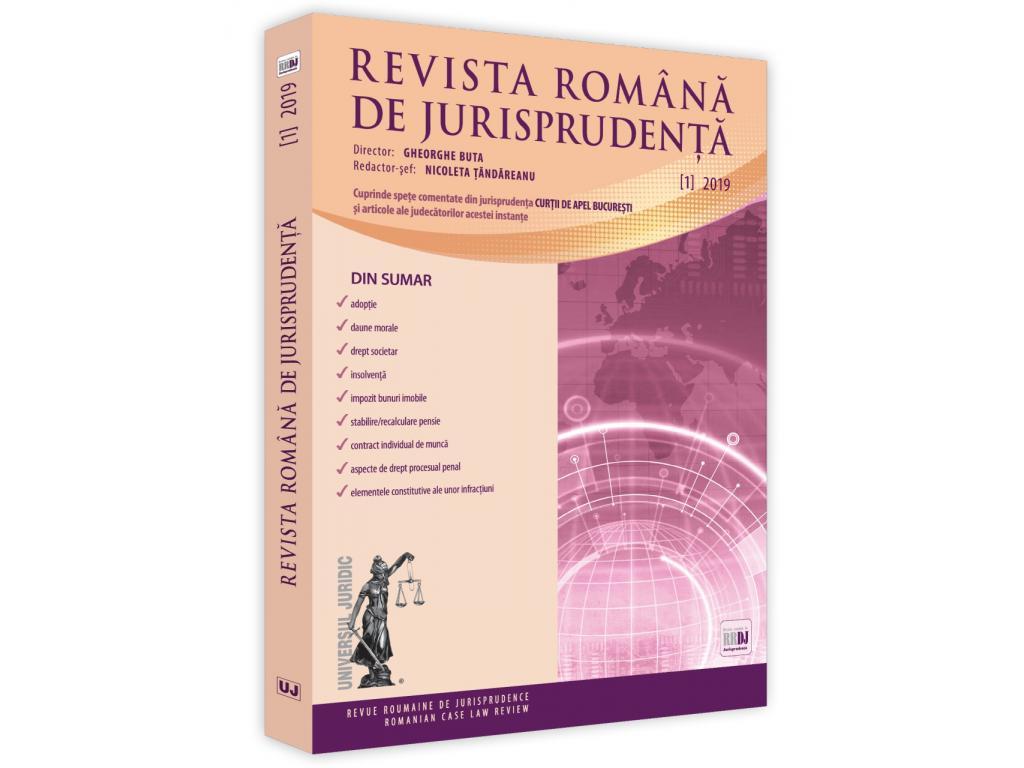Constituent elements of the rape crime. Lack of the “direct” evidence of rape
DREPT PENAL ŞI DREPT PROCESUAL PENAL
Abstract
The victim’s deflowering or the existence of some traumatic injuries following certain acts of digital penetration of the vagina shall not be deemed as conditions for the existence of the rape crime. Therefore, according to the decision no. 3/2005 delivered by the supreme court in the settlement of an appeal in the interest of the law and which just aimed at the definition of those acts forming part of the content of the rape crime (regulated by art. 197 of the Criminal Code 1968), that keeps its validity as well, in the context of the new indictment of art. 218 of the Criminal Code, sexual intercourse first means the sexual penetration, no matter whether it is made by bodily conjunction between the aggressor and the victim or by use of a foreign body, and in the event where any of these acts takes place through the agency of one of the forms of constraint indicated under art. 197 paragraph (1) of the Criminal Procedure of 1968, the respective offence represents the rape crime. Therefore, the sexual intercourse referred to under art. 197 paragraph (1) of the Criminal Code of 1968/at present art. 218 paragraphs (1), (2) of the Criminal Code, represents any manner in which sexual satisfaction may be obtained by using sex or acting upon sex. Although in practice, sometimes it may be difficult to demonstrate the constraint in the absence of the “direct” evidence of rape, such as the traces of violence or the direct witnesses, authorities should, nevertheless, verify all offences and deliver a decision based on the assessment of all specific circumstances. In order to acknowledge the rape crime, it is not necessary to prove certain acts of physical constraint, however, moral constraint is sufficient, as well. In this case, it was proven the existence of a form of constraint, and the injured person showed fear of the defendant, this issue being also acknowledged by the witnesses heard in this case, and this is the reason for which the victim did not tell her parents about the traumatizing event. The case-law of the European Court of Human Rights in cases MGC v. Romania and I. C. v. Romania, demonstrated that authorities should give the necessary importance to the vulnerability specific to young persons and to the psychological elements specific to the cases involving rape committed on the minor victims. The court emphasized the need that, in the presence of some contradictory versions, judicial bodies should carry out a careful assessment of all factual issues, as well as of the credibility of all statements given, considering the context in which they were given. This assessment of the credibility could be made by hearing the persons who know the victim and the aggressors (neighbours, friends, teachers) or by carrying out a psychological evaluation, and on this occasion the possible existence of certain grounds which could determine the filing of certain unreal accusations might be determined.








